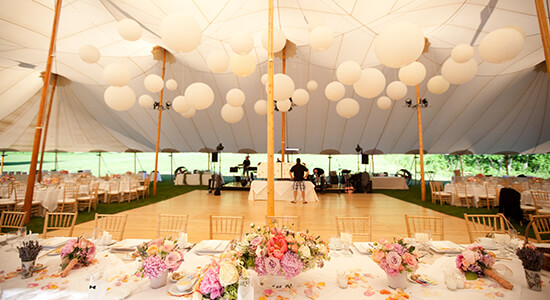Enhancing Ingenuity With Color Concept for Light Emitting Diode Movement Floor Layouts
Enhancing Ingenuity With Color Concept for Light Emitting Diode Movement Floor Layouts
Blog Article
Color theory is an crucial element of aesthetics, particularly when it relates to designing LED dance surfaces. The interaction of hues can greatly affect the atmosphere and energy of a venue. By understanding how colors work together, creators can craft an environment that enhances the overall experience for dancers. This piece examines the fundamentals of color theory and its use in light-emitting diode dance floor designs.
The main hues are crimson, azure, and golden. These colors cannot be made by blending other colors combined. Secondary colors, such as emerald, orange, and purple, are formed by combining main hues. Third-level colors are formed by mixing a primary hue with a intermediate hue. Grasping these fundamental connections helps designers choose colors that complement one another and create a visually pleasing show. Mixing these hues on an LED dancing surface can result to vibrant and stimulating outcomes that capture the attention of dancers.
Hue temperature also holds a crucial role in design. Colors can be classified as hot or cool. Warm colors, such as red, orange, and yellow, often to elicit emotions of enthusiasm and heat. In contrast, cool hues like blue, green, and purple typically generate a serene and tranquil atmosphere. Creators can utilize these hue values to set the mood for different kinds of events. For example, a celebration environment may gain from warm colors that energize the audience, while a further relaxed occasion might use chill colors to provide a soothing influence.
In furthermore to color combinations and value, brightness and saturation are essential factors to take into account. Brightness refers to how light or dark a color looks, while intensity indicates the intensity of a color. Vivid, intense hues can create a lively and lively environment, perfect for dancing surfaces. On the other hand, softer, lower intense colors can create a more subdued atmosphere. By adjusting luminosity and intensity, creators can draw attention to particular areas of the dance surface or establish visual pathways, guiding dancers through the venue.
Finally, it is essential to take into account the psychological effects of look what i found hue in LED dance floor designs. Different hues can evoke different feelings and responses. For instance, crimson is often associated with zeal and vitality, while blue can be soothing and tranquil. Grasping these associations enables creators to tactically use colors to affect the behavior of dancers. Through integrating color theory into light-emitting diode dancing floor designs, useful link designers can improve the total encounter, rendering it unforgettable and enjoyable for everyone involved.